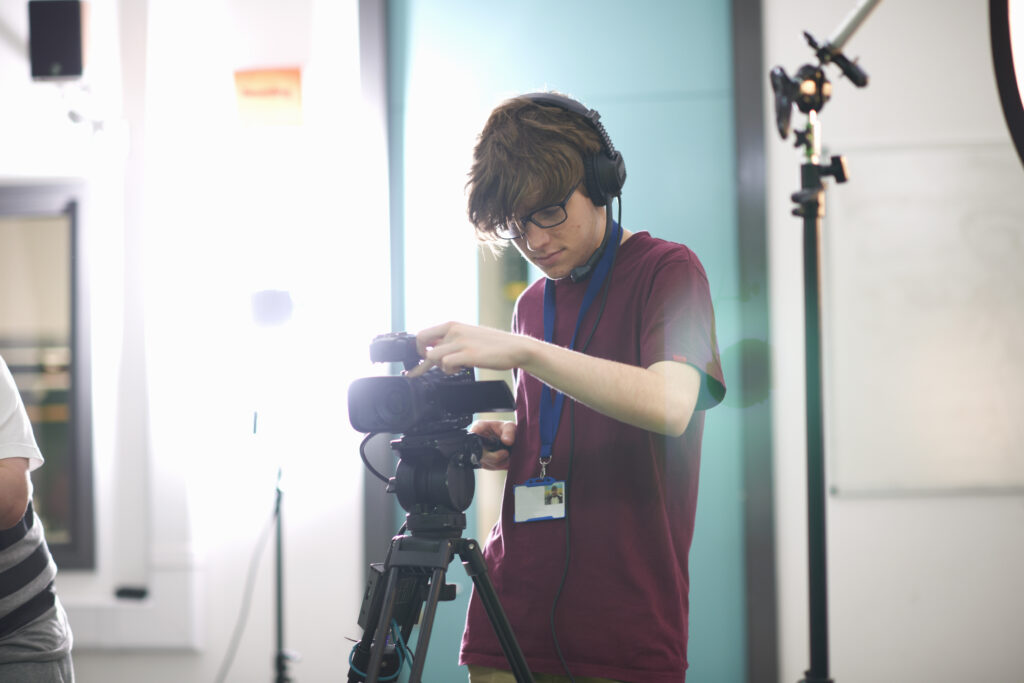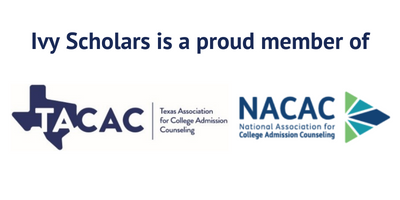Colleges really want to understand the students who are applying to them; that’s the entire thought behind the process of holistic admissions, which is how all top colleges evaluate candidates. As part of this, a number of colleges have begun inviting students to optionally submit a brief video introduction of themselves, another way to highlight who exactly you are. Not every college asks for these, but should you consider submitting one for those that do? In this article, we’ll go through the colleges that allow for video introductions, how to upload them, what their purpose even is, and whether or not this is something you should take advantage of. Colleges only know what you tell them, so let’s find out how to best ensure they know exactly who you are!
Which Top Colleges Accept Video Introductions?
While video introductions are increasing in popularity, they are still a long ways off from universal use or acceptance. Here are top universities which currently make use of video introductions, along with notes on how to upload them and what they expect:
| University | Upload | Notes |
| Boston University | Glimpse | 60-90 second video, uploaded through Glimpse |
| Bowdoin | Applicant Portal | The video is recorded directly through the portal, and is up to two minutes. You may rerecord, but not edit the video |
| Brown | Applicant Portal, Glimpse, or InitialView | Up to 90 seconds, you may record and edit the video as you wish before uploading |
| Claremont McKenna | Applicant Portal | Up to two minutes, you may record and edit before uploading. Optional, but strongly recommended for students who do not interview (permitted for students who interview) |
| Duke | Glimpse | Up to 90 seconds, must be submitted through Glimpse, only available to domestic applicants |
| Swarthmore | Applicant Portal | Up to 90 seconds; you are asked a question and then have up to two minutes to respond; you may delete the first to do a second, but may attempt no more than twice |
| UChicago | Applicant Portal | Up to two minutes, record and edit beforehand, then upload through the portal. Recommended |
| Wake Forest | Applicant Portal | Record a 2-3 minute video answering one of their questions, should be selfie style, no/minimal editing |
| WashU | InitialView | International students who are unable to interview may submit a brief video introduction |
| Vanderbilt | Glimpse | 60-90 second video, recorded and edited beforehand and uploaded through Glimpse |
As you can see, these are more common than they have been in the past, but are still far from being a universally expected part of the admissions process.
Creating and Uploading Video Introductions
As you can see in the table above, video introductions come in two forms. The first is recorded and edited ahead of time by the student, then uploaded to the school; this is the more common approach. The other asks the student a question, and then asks them to upload a video response directly through the applicant portal, no editing required or even allowed.
The first type is very straightforward, and invites students not to over-prepare; their goal is the same off-the-cuff style they would see from you in an interview. They do not want a prepared speech, but to understand some aspect of you. Many do not even show you the question until you begin, and then give you 30 seconds to think before answering. You should prepare for these the same way you would for any college interview.
The second sort offers significantly more opportunities, but what they want is very similar. They are not asking for these to see a highly polished short film; they want to know you and hear from you in your own words, in whatever form this takes. Students successfully upload pure selfie videos for this each year, with no or minimal editing.
If you do have skill in and an appetite for videography, then by all means you can show it off. If you do so, however, the point is explicitly to show off a particular talent of yours; they aren’t going to be wowed by your videography itself, but rather your devotion to that as a skill and artform you have sought to master.
Colleges sometimes include questions to answer in these, but most are left fully open. We recommend a brief elevator pitch, perhaps illustrating or furthering things you mention in your activities list; dancing if you’re a dancer, launching a model rocket if you build them; showing off visually some of what’s important to you.
These videos are then uploaded through a third party platform, or directly through your applicant portal, depending on the college (a few offer multiple options). There is a fee to upload videos through Glimpse, though it is not steep.
Should You Submit a Video Introduction When You Apply to College?
Now that we’ve looked over which schools actually accept these introductions, the question returns: is it worth submitting one? The answer varies of course, but in general, the answer is yes.
The reason for this is simple: colleges only know what you tell them, and then evaluate the entirety of you based on that information. Now, it’s possible that your grades and test scores really are the sum total of your personality, but we’ve never found a student where that’s the case. Each student is unique and interesting in their own way, with quirks and passions and ideas that excite them, and colleges want to know about all of this.
This is, of course, the reason for your essays, but it can be quite difficult to adequately describe all of yourself in a single short written work, or even two or three for the schools that ask supplemental questions. These essays are important of course, but only give admissions officers a brief glimpse of you.
Interviews are another such spot of insight, and though these video introductions are far shorter than an interview, they fill the same niche in the admissions process; to let you speak directly to admissions (or to an interlocutor in the case of interviews). Again, not expressing everything, but showing off other aspects of yourself, by which admissions officers can better understand the sum total of you.
These are optional, though some colleges recommend them, but just as with optional letters of recommendation or optional essays, we suggest all students take advantage of these videos if they can. Never leave something on the table that might help with your chances of acceptance.
Quick Tips on Making a Video Introduction for Colleges
How exactly you make one of these will depend on what you’re trying to show off, but here’s some of our quick tips to making the best video possible, and to making sure you demonstrate exactly what colleges are looking for:
- Dress casually but appropriately, just as you would for a college interview.
- You do not need a professional camera, but make sure the picture and audio are clear; recording on your phone is perfectly fine.
- Don’t be afraid to do multiple takes, but don’t overdo it; they don’t need perfect polish, but don’t leave in obvious flubs.
- Don’t add unnecessary effects, music, or transitions.
- Check the length requirements for each school; these range from 60 seconds to 2 minutes; you may end up with several versions of the same video for different universities.
Video expertise and fancy editing software are not required; all they really want are passion, enthusiasm, and care.
Final Thoughts
College applications require any number of moving pieces, and video introductions like this are a relatively new addition. While not all colleges accept them, we can see the utility, and if they prove useful for the colleges that have implemented them, we can see the idea spreading. We hope that this article has given you a good insight into how these videos are used in the admissions process, and how you can introduce yourself to colleges using one of these videos.
If you are looking for help crafting one of these videos, or advice on any other aspect of the admissions process, then Ivy Scholars can help. We’ve helped hundreds of students apply to their top choice colleges, and are experts on every aspect of what colleges want from students. Schedule a free consultation today to learn more about how we can help make your life easier.








